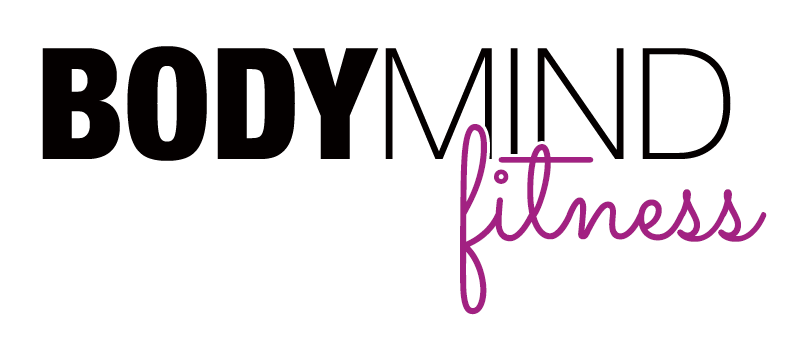I know the importance of taking the time to rest, but it’s always easier said than done. I get wrapped up in the little free time I have with cleaning, cooking, and running my business. Sometimes my own practice, especially my Restorative practice, take a backseat to the tasks that to the hustle and bustle of everyday life. But here we are, the start of a new year and an opportunity for fresh starts, and I have set an intention to make my Restorative Yoga practice more of a priority.
I am definitely a work in progress - I am currently striving to schedule specific times when I will practice self care , my work from home hours, when I do specific cleaning tasks cooking and when the phone goes down so I can focus on my girls. In the last 6 months s elf care has been the practice of Restorative Yoga - the art of spending more time “being” and less time “doing”. Self care has also been showing up as a shower in the last few weeks - raising a newborn.
Restorative Yoga is a healing practice that is gentle and fully supported. Using a variety of props and yoga tools, such as blocks, bolsters, and so many blankets to fully support you, inviting complete relaxation. The best way to experience Restorative Yoga is in a one on one setting, bringing 100% focus to you, creating open dialogue between student-teacher, and feeling safe in the space. I immerse myself in a full Restorative Yoga practice once a week, but I would like to do better.
Restorative Yoga gives the opportunity to restore your muscles and brain function, making you look and feel like a brand new person. Added benefits are simply pressing pause your busy life, improving sleep, balancing the nervous system, decreasing stress levels, inceasing flexibility, encouraging healthy weight loss, increasing the effects of recovery from more strenuous physical activity, and so much more.
Most people gravitate toward stronger, more vigorous types of yoga and exercise instead of taking a gentle approach, assuming that these styles are slow and therefore boring. There is a misconception that the harder we push the more we will gain - when in reality, it is the most rigorous practices that can benefit the most by incorporating Restorative Yoga.
The nervous system needs approximately 15 minutes to come to a balanced state, requiring most poses to be held for a minimum of 20 minutes to experience the full benefits. Sound scary, right? But by turning your attention inwardly and being in allowance of deep relaxation, you tune out the outside world and stillness comes naturally, with no desire to move.
Open communication is also key. Being able to talk to your teacher when you are in discomfort for instance - so you can experience the ease of your practice. Comfort is key.
Restorative Yoga is often confused with other types of yoga that are slow moving with longer held poses such as Yin Yoga. A subject which elicits a lot of passion for me. Yin Yoga is commonly mistaken as Restorative Yoga, with poses held for longer periods of time and a slower approach. The emphasis of Yin Yoga, however is the connective tissues, which makes your poses active. The easiest way to know if you are truly in a Restorative Yoga Session is by noticing if you feel any physical sensations, such as “stretch”.
Interested in more? Book a Private Restorative Yoga Session during Karma week - January 8th to 11th, 2018 and receive $20 off. Book early and treat yourself to a little post holiday Zen and start adding a little self care to your routine.





